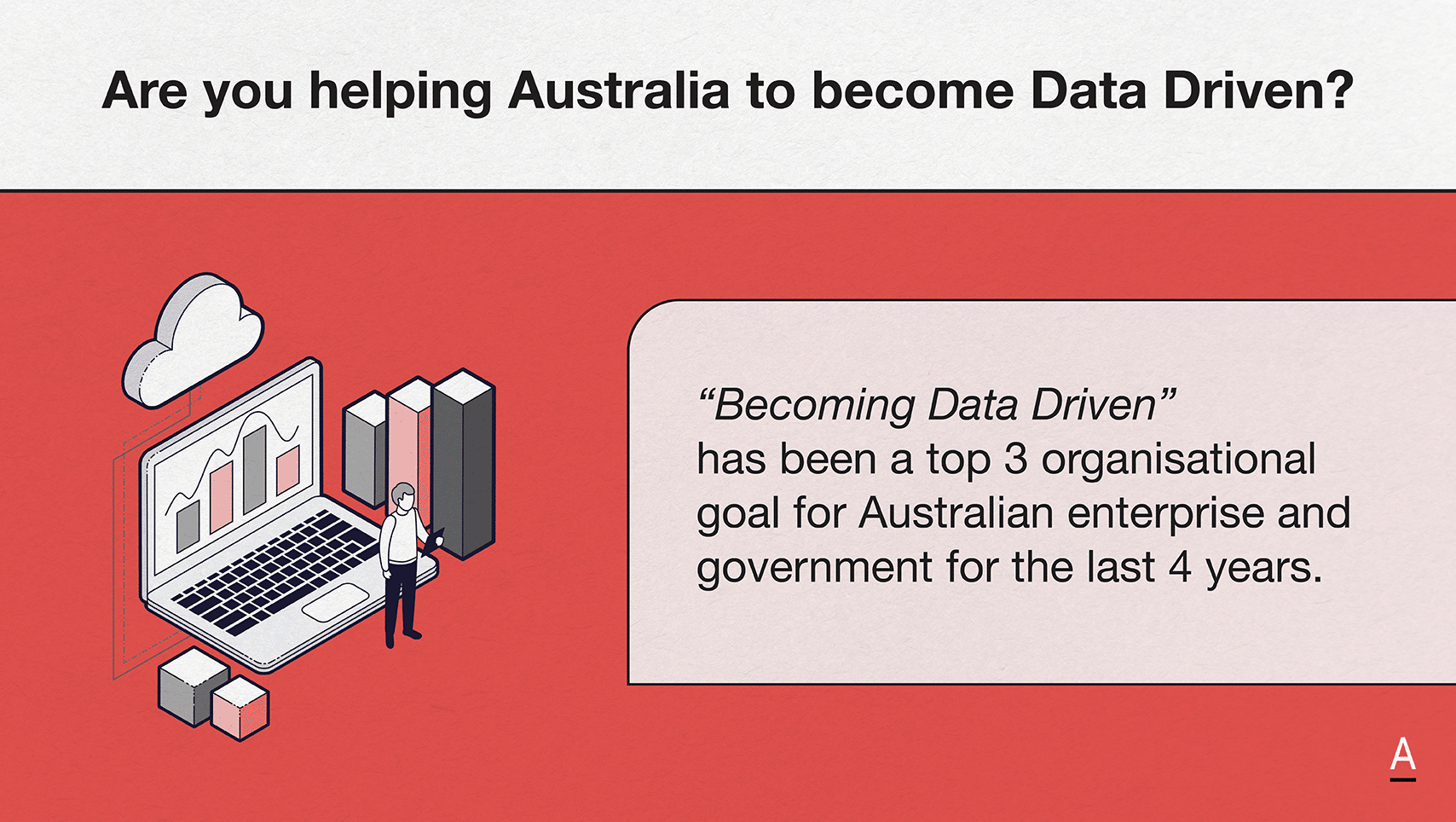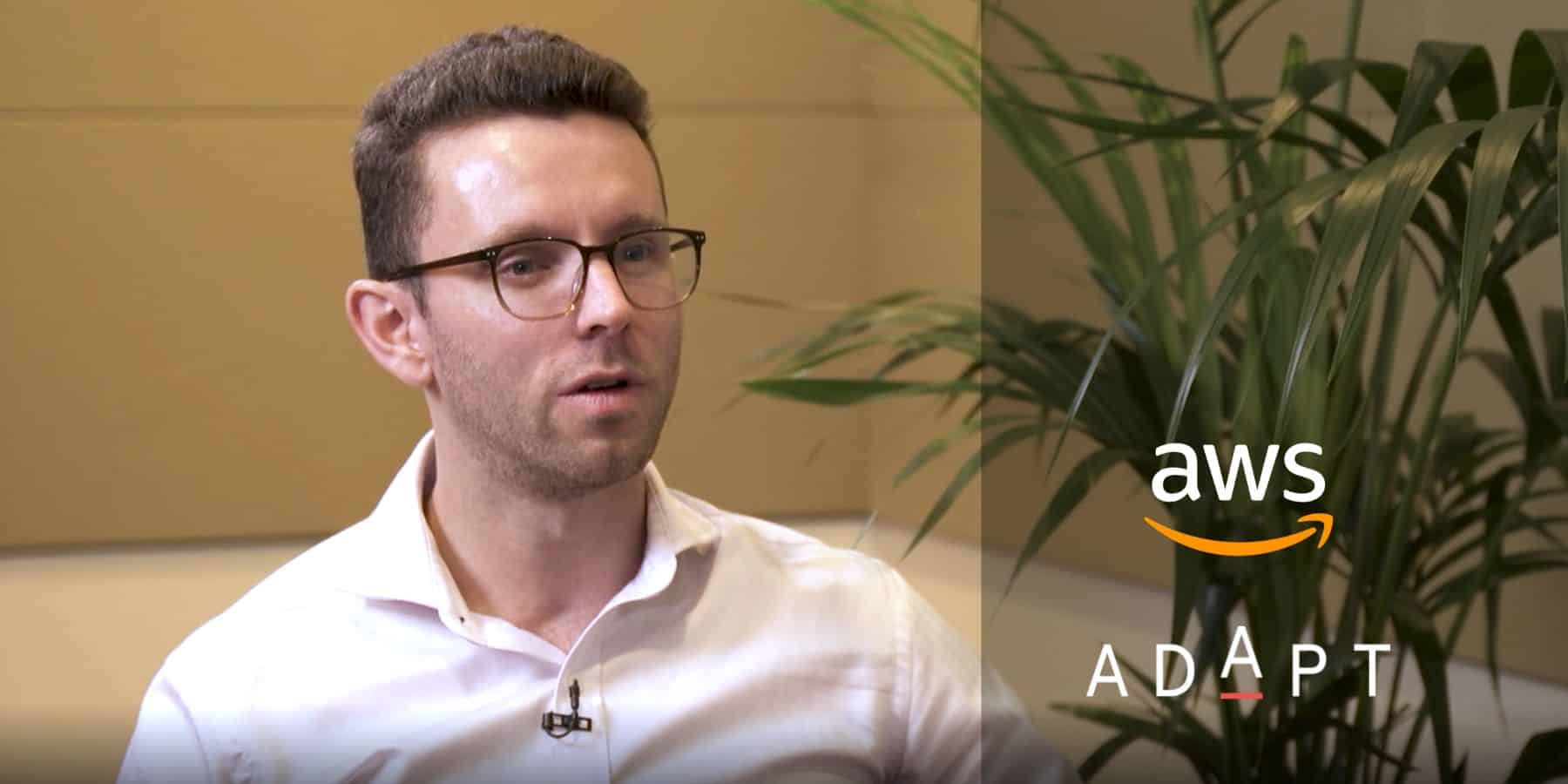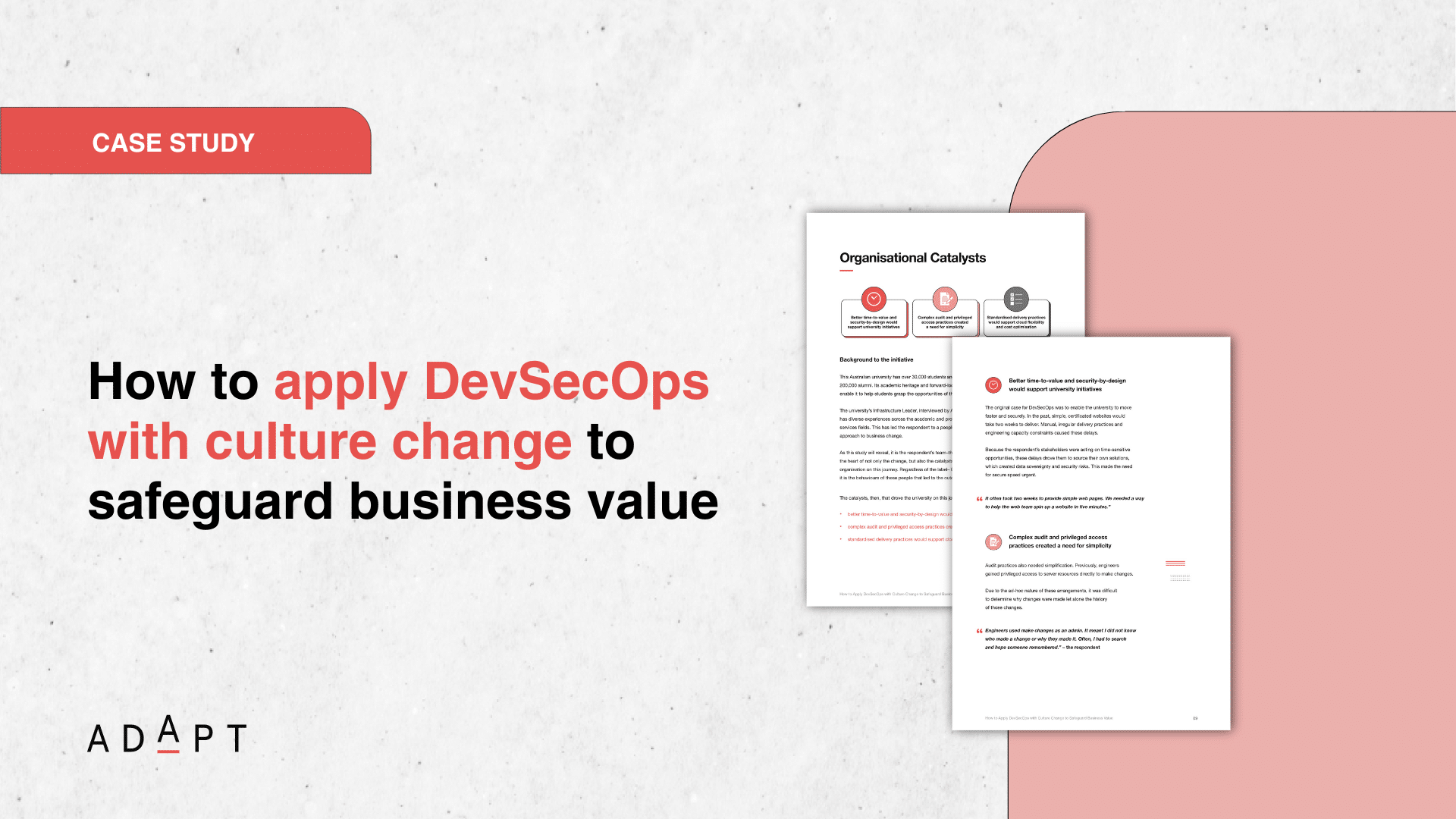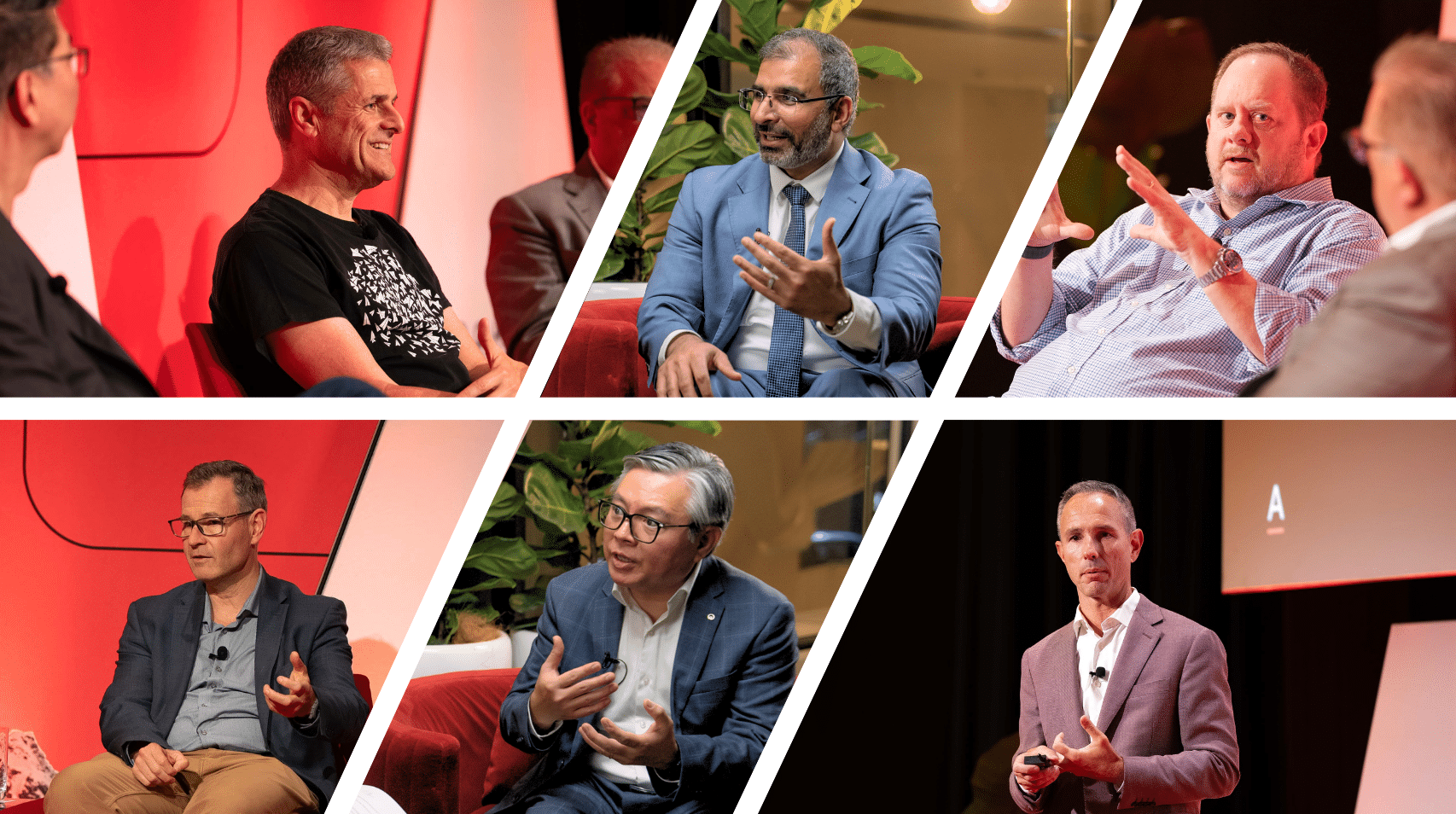At Cloud and Infrastructure Edge, Schneider Electric’s Raj Singh explained why AI demands smarter, decentralised and sustainable infrastructure systems.
Raj Singh, Targeted Segments Enterprise Sales Leader at Schneider Electric, outlined how AI, electrification and sustainability are converging to reshape the role of the data centre.
No longer simple compute warehouses, modern infrastructure must be intelligent, resilient and sustainable.
As AI workloads rise, they place enormous strain on power and cooling systems. Raj noted that electricity demand from AI data centres is expected to triple by 2050, with generative AI adding further pressure on thermal and energy performance.
He stressed that infrastructure must evolve at the same pace as AI algorithms.
Today, 95% of AI workloads run at the core.
By 2028, half will run at the edge. This shift will require decentralised, high-performance infrastructure that can deliver low latency and energy efficiency at the same time.
Raj urged a mindset change. AI should not be viewed as just another energy burden.
When applied intelligently, it can optimise energy use, enhance resilience and reduce waste, from smart grids to building systems.
The bigger issue is the widening gap between digital ambition and physical capacity.
In geographically dispersed markets like Australia and New Zealand, where latency and edge use cases matter, infrastructure must be as agile as the software it supports.
Yet serious challenges persist.
Research shows that 82% of organisations struggle to attract or retain technical talent. At the same time, 63% of mission-critical systems are outdated.
These findings align with ADAPT’s view that modernising infrastructure, evolving skills and reducing tech debt are foundational to scaling AI responsibly.
To meet these demands, Schneider Electric is partnering with Nvidia and others to build AI-ready, high-density, liquid-cooled data centre systems.
From “chip to chiller,” the company is engineering end-to-end solutions that prioritise performance, thermal efficiency and sustainability.
With only 36% of leaders able to link cloud spend to business value, Raj reinforced the need for stronger alignment between infrastructure investment and measurable outcomes.
As AI workloads expand, so must the ecosystem that powers them.
He called for long-term thinking, cross-sector collaboration and a shift in how we define value.
The future of AI, he concluded, is electric, decentralised and deeply tied to sustainability.
Regulation may be a factor, but competitive advantage and operational survival are driving the shift.
Key takeaways:
- AI infrastructure must evolve rapidly. AI data centre demand is set to triple by 2050, with workloads shifting from 95 percent core today to a 50–50 core-to-edge split by 2028.
- Sustainability and AI are interconnected. Designed well, AI can optimise energy use, improve system resilience and make clean infrastructure a growth enabler rather than a trade-off.
- Skills, value alignment and ecosystem readiness are critical. With talent shortages and outdated infrastructure holding many back, success depends on modernisation, partnerships and strategic planning.





























